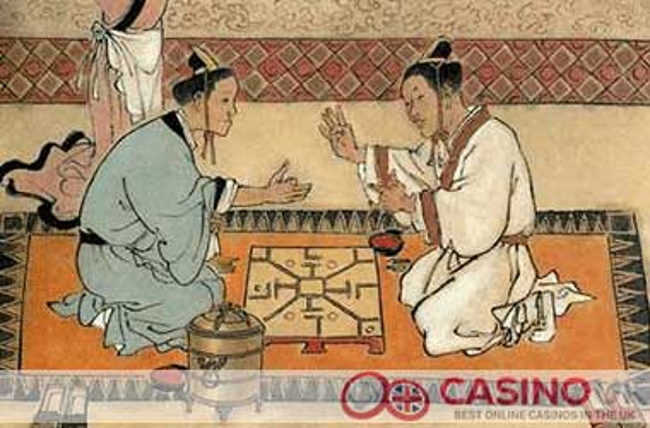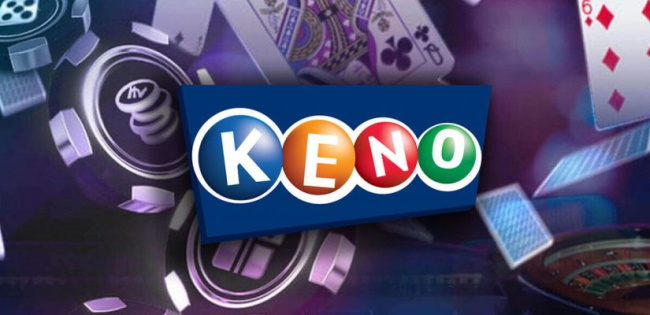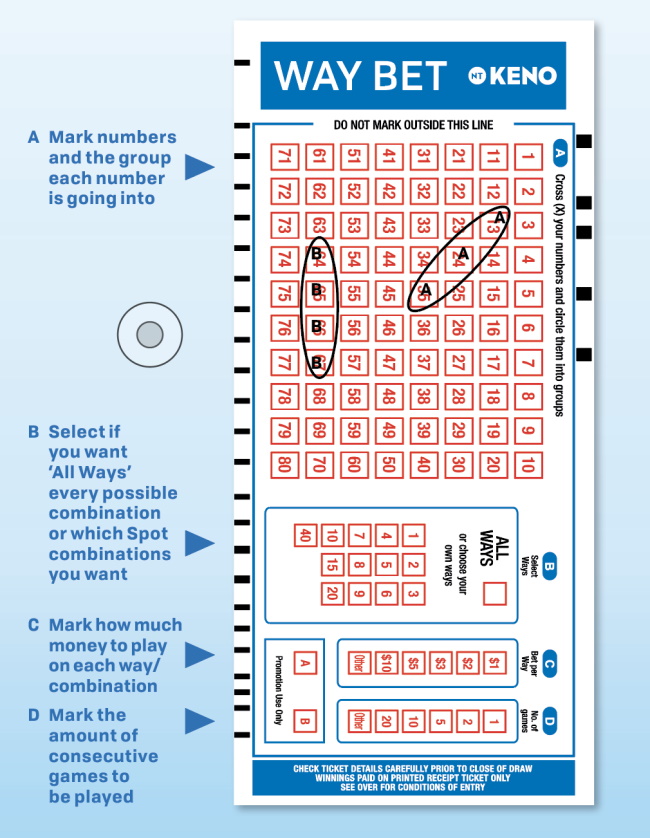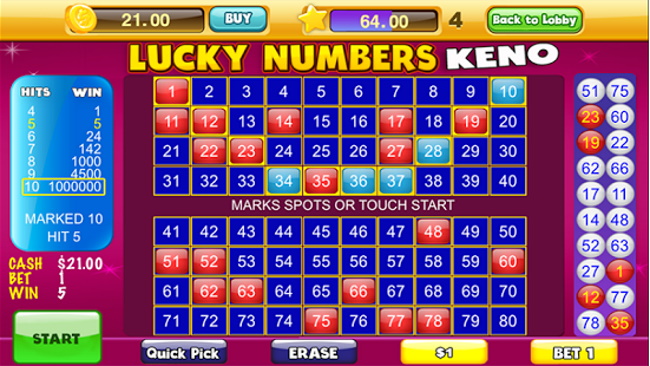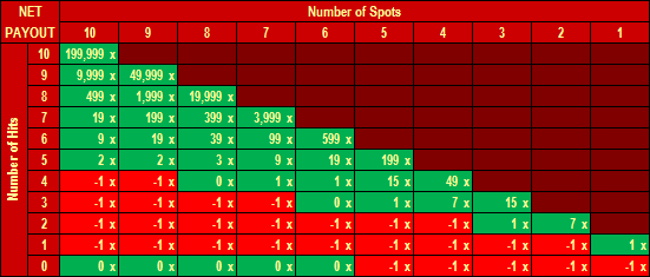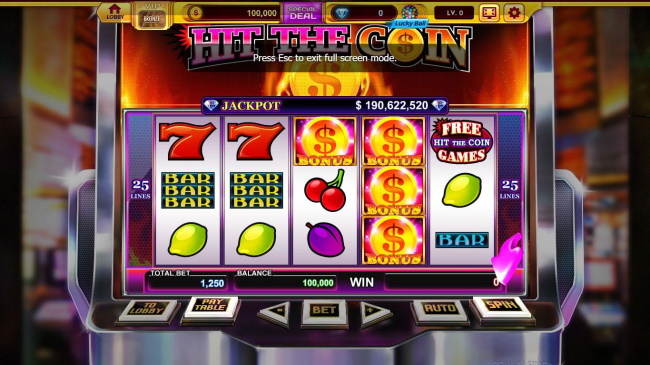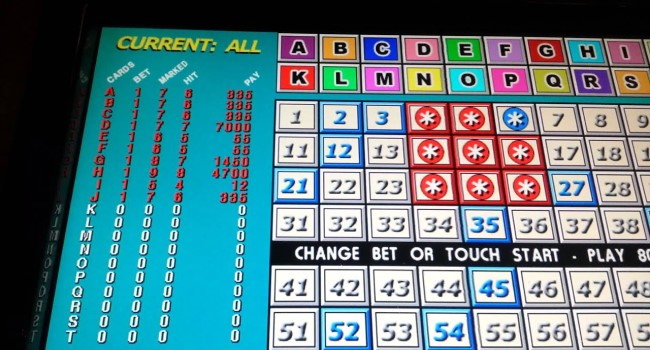The Basics of Keno you Must Know Before Playing
Keno is one of the widely played forms of wagering, a game that’s played in casinos across the globe. Here is the The Basics of Keno.
A historical account of Keno
The name keno has Latin origins, literally meaning five winning numbers, but it’s difficult to trace how the game came to existence in North America. Although the name’s origin is distinctly European, the game seemingly comes from China. This is The Basics of Keno.
The original game was known as baige piao, Cantonese for white pigeon ticket, which refers to the carrier pigeons to deliver results of the games to outlying villages. Rather than using numbers, baige piao used the first 80 characters from a classic the Chinese poem used to teach Chinese language to children.
At the beginning of the 1900s, the game adopted the name Chinese lottery, and its popularity increased across the United States. During this time, it also acquired the name keno. In 1933, this game was brought to Reno, Nevada, and featured in casinos as racehorse keno. This version of the game used the names of horses instead of numbers because of the state’s laws concerning lotteries at the time.
In 1951, Nevada outlawed betting, and the game started using simple numbers and adopted the modern keno name.
Strategies to increase your chances of winning
1. Keno – The basic concept
This game, as a game is quite basic, much like playing the modern lottery. Its simplicity has made it a popular system that has spun off into raffles, pull-tab games, and other variations.
To play keno, you pick numbers and hope that they hit. Although simple, the challenge and strategy are found in how you wager. Some specific rules are always there that you’ll need to know in order to be successful.
You have to decide how much you’ll wager on a particular round and how many numbers you’ll choose. You can select up to 20 numbers between 1 and 80, just like you would when playing the lottery. The payouts vary depending on how many numbers you pick and how many of them get drawn.
As the game begins, 20 of the 80 numbers are chosen randomly using a ball machine or other random number generator.
While keno isn’t the most thrilling game in the gaming world, it’s an entertaining lottery-style game. It is easy to learn, is readily available in a number of different formats, and can make a lot of money for those who master its underlying intricacies.
2. How to choose your spots
You might be confused about how to choose your spots (numbers) for your keno card.
Let me remind you that the numbers are selected randomly, meaning no pattern or magic trick should be possible. However, keno freaks have methods and strategies for picking numbers that they swear by and may stick to religiously.
The first common way for selecting spots that people utilize is the hot number concept. They attempt to use statistics to determine which numbers are picked more often than others.
For example:
As per a source 23, 34, 72, 1, and 4 are the 5 numbers that most often lead to a catch. Another source says that state lotteries have a similar pattern, with the 5 most-often-selected numbers like 3, 16, 44, 58, and 78.
The other method is the cold number concept, which is the inverse of picking hot numbers. The idea here is that a number could be due which means it has not been drawn for a long time. In other words, a particular number that hasn’t been chosen in a long time has to be chosen anytime.
You’ll have to decide whether you can put rely on this questionable slant on probabilities. It seems to contradict the idea that keno is random, though many keno enthusiasts will swear by it.
3. Lucky Numbers
This method, which is popular among lottery players, is based on a belief in the power of significance or superstition. Many keno regulars have specific numbers they favor, usually for some kind of sentimental reason, a belief in the cosmic pull, or just plain fortune. Reasons for choosing numbers include:
- Birthdays
- Birth years
- Anniversaries
- Children’s ages
- Adding significant numbers together
- Apart from this, many people avoid the number 13 while favoring the number 7 for superstitious reasons.
- Citing the Chinese origins of keno, many people find that the number 8, the Chinese number of fortune, carries a sort of advantageous power.
- The game is truly random, so pick your spots in whatever way makes the game the most fun for you. Remember that it’s random, sit back, and enjoy the game.
4. Keno Odds
This game is known for having a pretty slanted house advantage, hovering around 20% according to some estimates.
Studying the odds of keno beforehand to decide how to place your wager. When playing a 20 spot game, so you choose 20 of the 80 numbers available, the odds are as follows:
- 0 correct numbers out of 20 are about 1 in 843
- 1 correct number out of 20 are about 1 in 86
- 2 correct numbers out of 20 are about 1 in 20
- 3 correct numbers out of 20 are about 1 in 8
- 4 correct numbers out of 20 are about 1 in 4.8
- 5 correct numbers out of 20 are about 1 in 4.2
- 6 correct numbers out of 20 are about 1 in 5.2
- 7 correct numbers out of 20 are about 1 in 8.8
- 8 correct numbers out of 20 are about 1 in 20
- 9 correct numbers out of 20 are about 1 in 61
- 10 correct numbers out of 20 are about 1 in 253
- 11 correct numbers out of 20 are about 1 in 1,423
- 12 correct numbers out of 20 are about 1 in 10,968
For successful betting in keno, it requires the player to know how likely it is to catch a certain number of spots in certain situations.
The chances are best between 3 catches in 20 and 7 catches in 20. Achieving more than 7 catches means you have to beat ever-worsening odds, and achieving more than 10 catches means you face extremely poor odds.
5. Finding a great race
Zeroing in to a game with a beneficial pay table is the most important strategy to succeed at keno. Make sure you know the rules of the race (game) before you wager in order to find maximum benefits.
The challenge is deciding your highest likelihood of a payout while comparing it to the size of the payout you want to receive. The higher payout involves more risk, but by shopping around for the right game and making comparisons, you can find:
Higher payouts at lower risk and significantly higher payouts for equal risk.
Types of keno wagers
A straight ticket means betting the numbers marked as a single wager. It’s the easiest way to play. These are the The Basics of Keno.
A way ticket is a combination wager that many players favor. A player might mark 6 numbers, circle 2 groups of 3, and mark on the side of the ticket, “2/3, 1/6.” This means that the player has bet $3 to have $1 wagers on each of 2 three-spot combinations and on the six-spot. There are many creative combination wagers like this that players can try.
A king ticket is a number circled by itself, which symbolizes the king. The king is used in all combinations marked. If we expand upon the example above, a player betting a king ticket would mark “2/4, 1/7” to bet 2 four-number combinations—the king added to each of the three-number groupings, and the overall 7 numbers.
Synopsis
Keno is a fascinating lottery-like game of chance. These are the The Basics of Keno.
Keno payouts should be considered too inconsistent to play the game seriously or with any expectations to win. An offhand game or two over a drink in the casino bar or while relaxing in the keno lounge is standard for most gaming enthusiasts.
I believe, no sound strategy exists for selecting numbers, as the random determination renders any number as likely to come up as any of the others.
The best strategy is easy: compare pay tables and play at the house that pays the most for the number of spots you select.
